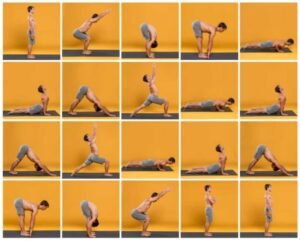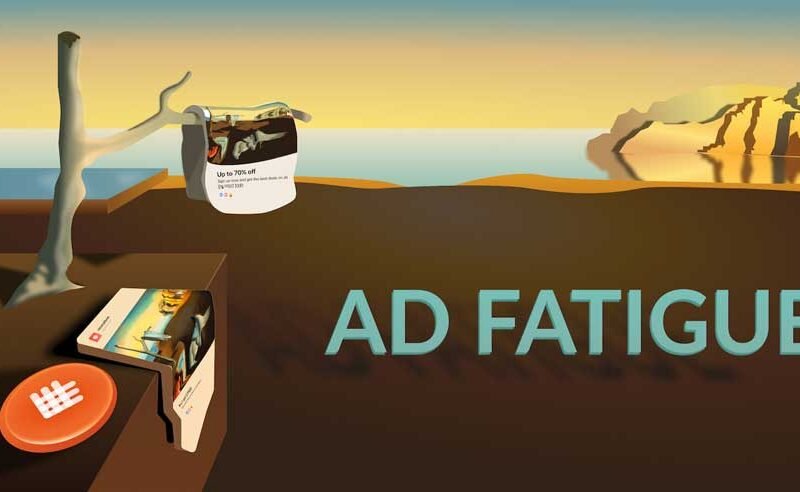
Have you ever realized why the masses avoid daily exercise?
Because of chronic pain!
Moreover, in order to manage pain, people frequently rely on or are prescribed pain medication, leading to dependency and other severe issues. Frequent exercise is an alternative and successful pain management technique.
On the other hand, beginning a workout regimen might be extremely painful, too.
Research estimates that 100 million adults in the United States suffer from chronic pain, which costs $560 to $635 billion annually in lost productivity and direct medical treatment expenses.
One typical treatment for persistent pain is exercise. Besides, the CDC suggests getting 2.5 hours of moderate-intensity exercise weekly. You might have some relief from your discomfort if you combine the strength, stretching, aerobic, and relaxation workouts listed below.
1. Cardio Exercise

In addition to its many mental and physical advantages, cardiovascular exercise can be especially beneficial for those suffering from chronic pain. On the flip side, if you have been wondering if working out with chronic pain is possible, do not fret.
Cardio frequently requires little to no equipment and may be performed at any time of day.
Give these two exercises a try.
Daily Walks
Strength, endurance, and heart health can all be improved by taking a 30-minute walk three to five times a week. If you find walking difficult, start slowly and increase the length of your walks as your strength improves.
Water Aerobics and Swimming
This is an excellent way for folks with mobility challenges to avoid walking. Speaking of which, you can stay active with this low-impact cardiovascular workout without putting undue strain on your muscles and joints.
Additionally, if mobility challenges are related to circulatory issues, consulting with vein specialists near Fairfield for professional vein treatment can further support your overall health and well-being.
Conversely, swimming is a fantastic decompression method and can frequently be therapeutic.
2. Relaxation Exercises
Many people who suffer from chronic pain should practice relaxation techniques. However, visualization can be performed anywhere and doesn’t require any special equipment.
Visualization and Deep breathing
- On the bed or floor, lie on your back or in another comfortable posture.
- Put your hands on your stomach and ease your feet and shoulders.
- Shut your eyes, then inhale deeply through your nose. Make sure you let out all of the air by exhaling through your mouth.
- With each inhalation, feel your tummy rise beneath your hands while you continue to breathe in through your nose and out through your mouth.
- With each breath, repeat this rhythm and picture the pain leaving your body.
3. Stretching Exercises
Stretching helps ease stiffness and stress if you suffer from persistent neck or lower back pain. Try these neck and back stretches to increase general mobility and promote healthy movement.
Stretching the Levator Scapulae and Neck
- Sit or stand next to a door.
- Lift your elbow above the shoulder on the side you wish to stretch.
- Your elbow should be resting against the door jam. The outside of the shoulder blade will rotate upward as a result.
- Turn your head away from that side and glance down after that.
- Put your free hand over your head and apply a little pressure to deepen the stretch gradually.
4. Strength Training
Strength training is essential for joint stabilization and injury prevention.
Sufficient core strength is particularly crucial for those who have chronic discomfort. It lowers the chance of injuries that could cause further pain and aids in maintaining good posture and balance.
Enhancing core strength and stability can be achieved by working the back, hip, and abdominal muscles. That being said, it’s vital to incorporate a minimum of 2 days of muscle-building workout, such as lifting weights or using resistance bands.
In that case, try the following exercise.
Dead Bug
- Start by extending your arms above your head, as if reaching for the ceiling, while resting on your back.
- Bend your knees to a 90-degree angle and raise your feet into the air. Draw your belly toward the floor and relax your ribs to activate the core.
- Take a breath out and stretch your left leg without touching the floor. At the same time, raise your right arm above your head toward the floor. Maintain this posture for one second. Go back to where you were before.
- Continue on the opposite side. Perform ten reps on each side.
- To begin, place your knees behind your hips and your wrists beneath your shoulders while kneeling on all fours.
- Make your back flat. Pull your belly button towards your spine to activate your core, and draw your shoulder blades down your back. Keep your back straight during this exercise.
- Straighten out one leg behind you. Lift the leg after lowering it and tapping your toe on the ground. Avoid raising the leg over the hips. Repeat ten times, moving only your leg and maintaining an engaged core throughout the exercise.
5. Exercises for Bending

Numerous times throughout the day, we reach down to pick objects up from the ground. We accomplish this in a number of ways, such as bending at the waist, hunching over, or kneeling next to it.
Understandably, these motions may appear to be the most practical or least taxing, but in practice, they frequently conflict with the natural ranges of motion of our spine and lower back. By activating your hamstrings and sciatic nerve, which travels from your lower back down your hips and hamstrings, this exercise, known as split stance hip reach, seeks to protect your lower back from those motions.
This exercise involves putting most of your weight on your front foot and staggering your legs by placing the left foot a few inches ahead of the right. Make a V formation with your hands and arms pointing down. Ten times, slowly hinge down to touch the ground at eleven, twelve, and one o’clock while maintaining a straight left leg and bending your right leg slightly.
Final Thoughts
Stiff muscles, less mobility, and diminished strength are the results of inactivity. The symptoms of chronic pain may worsen as a result of these impacts. Resting a little won’t solve chronic pain. To ultimately feel relief from your discomfort, you might need to go a little more active instead of spending more time off your feet.
Maintaining a consistent exercise regimen will help you control your symptoms and enhance your general well-being. Ultimately, it’s prudent to consult your doctor or a therapist before integrating a new workout plan.










